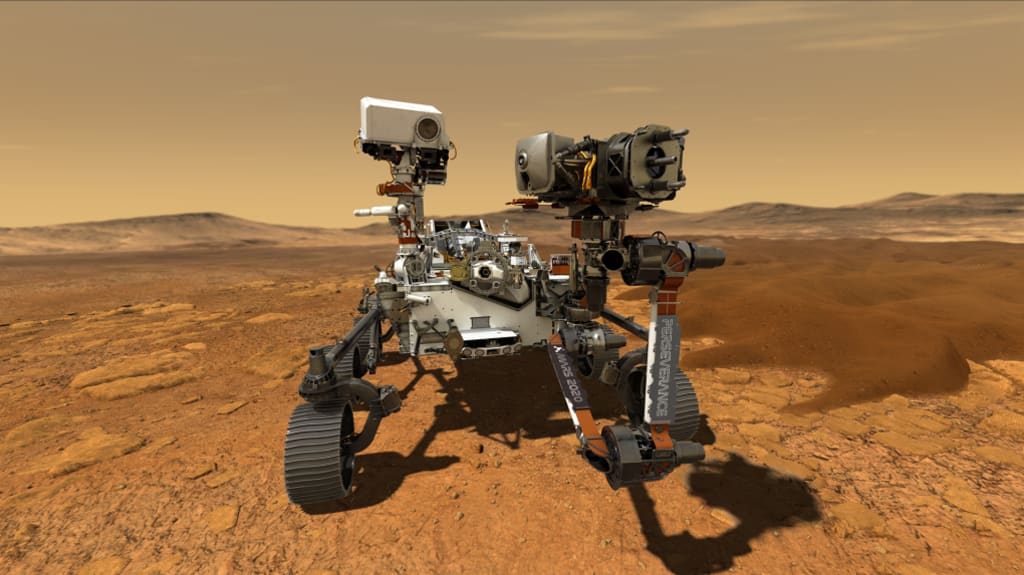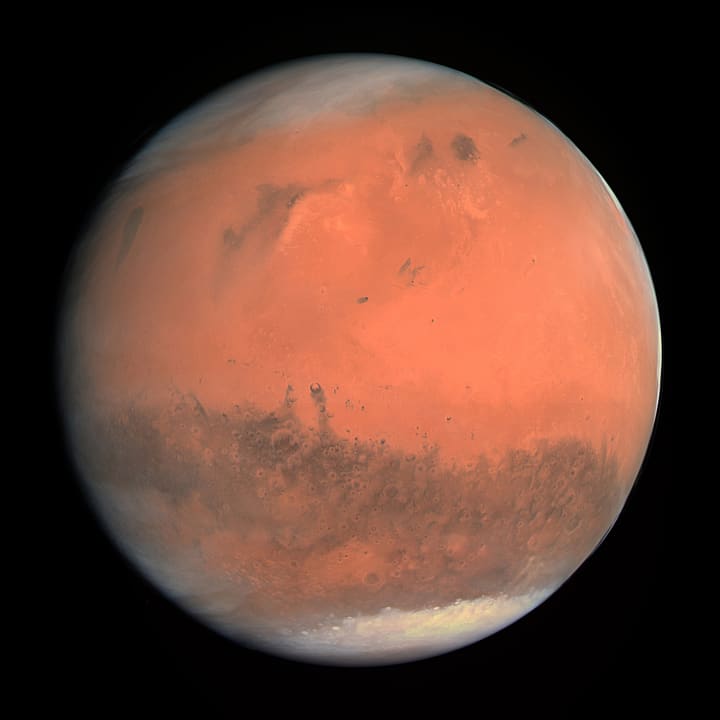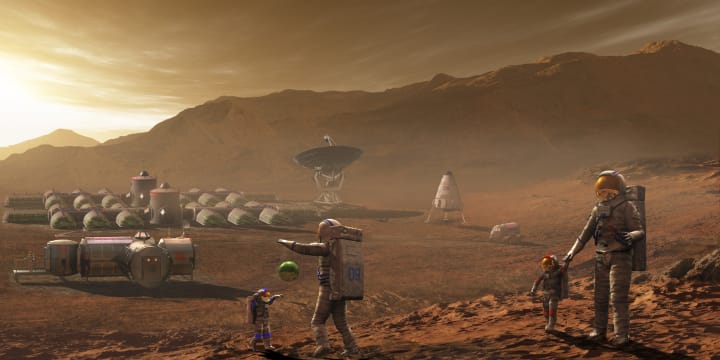Mars : The Next Frontier
Why is there the race for the red planet ?

Recently NASA launched the Perseverance rover to mars which exploring and gathering knowledge about ancient life on Mars. It will also collect samples of Martian soil and leave them on surface of mars for pick up by future mars missions. It is also equipped with a helicopter to test flights in Martian atmosphere. If successful it will be the third rover to be deployed on the red planet. By far it is the most advanced and sophisticated rover ever designed and the total mission cost is whooping 3 billion dollars. UAE also launched its first mars missions and there are upcoming missions by Chinese space agency ISRO and ESA. So, the question arises that why NASA and other space agencies around the world spend billions of dollars on space missions when that money can easily be invested in education healthcare and most importantly at eradicating poverty.
To give you a perspective there are 35 million people in USA living in poverty. NASA annual budget is around 22 billion dollars. If that money was invested annually in uplifting poverty then US could eradicate poverty in the next 15 years. Similarly developing nations like India spend around billion dollars in space industry when it has more than 800 million people living in poverty. So, we come back to our question why countries spend so much money on space exploration and space technology.
Well it all started after World War 2 when US and then Soviet Union started investing heavily in space technology which marked the beginning of space race. Space was viewed as the final frontier and rightly so because the country which establish its presence in space would be the most powerful. Weaponry in space would be most powerful. Over the years space technology became from weaponry based to exploration based. Interplanetary missions, satellite deployments became common. Space was now viewed as a place to understand the history of universe, its existence. How was our solar system made, how was the moon formed? and much more.

Today global warming is on rise, our environment is detreating, population is on the rise, species are becoming extinct and for survival of human race it is necessary for humans to colonize other planets. And the closest habitable planet in our solar system is mars. Some of the reasons to colonize it include
• Its soil contains water to extract
• It isn’t too cold or too hot
• There is enough sunlight to use solar panels
• Gravity on Mars is 38% that of our Earth's, which is believed by many to be sufficient for the human body to adapt to
• It has an atmosphere (albeit a thin one) that offers protection from cosmic and the Sun's radiation
• The day/night rhythm is very similar to ours here on Earth: a Mars day is 24 hours, 39 minutes and 35 seconds
With sophisticated technology it is possible to live on mars. NASA has already developed a technology which can convert Carbon dioxide present in the Martian atmosphere to oxygen and the perseverance rover is equipped with this tech to test it on mars. Elon musk SpaceX is developing Starship that would eventually carry the first humans to mars. Elon musk says that he has a vision to land first humans on mars by 2035.

When the moon race started in 1960s its primary objective was to land humans on moon but its not the case for mars. The aim is to set up a base at mars and to eventually colonize it. We know that earth average temperature is on rise and in few hundred years it could become inhabitable so if we have to colonize mars we have to start now. Right now, we do not have the technology to set up base on mars or even to go there because one-way journey to mars requires 7 months figuring out how astronauts are going to live and perform their daily Task in a pressurised cabin has to be figured out. It may take us more time then we expect but building towards it has already started.
Even getting there to mars is difficult as around 50% of mars mission fail. So if we have to colonize it we first have to achieve 100% efficiency rate in landing there because manned mission to mars cannot afford a single error as it takes 7 months to reach red planet and a single error means loss of not only billions of dollars but also lives.
Different technologies have to be tested on how they might perform in Martian atmosphere then there we have to figure out how to keep astronauts in a cabin for 14 months for two-way journey. How to land and take off from the Martian surface there are numerous challenges still to be figured out before the spacecraft taking humans to mars takes off. For what we do know is that the race for the red planet is on and it has just begun.
About the Creator
Aditya verma
Recently graduated from teenager to adult. Still coming to terms with responsibilities independent stuff... Just going where life takes me while exploring myself which has led me to here.






Comments
There are no comments for this story
Be the first to respond and start the conversation.